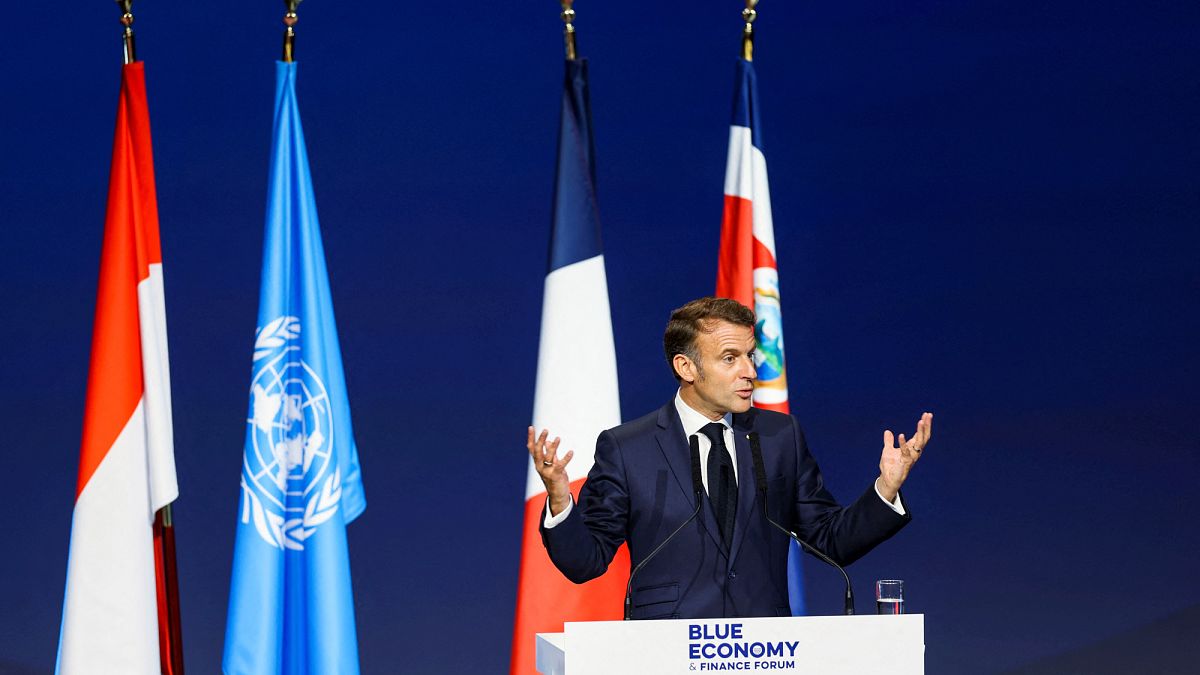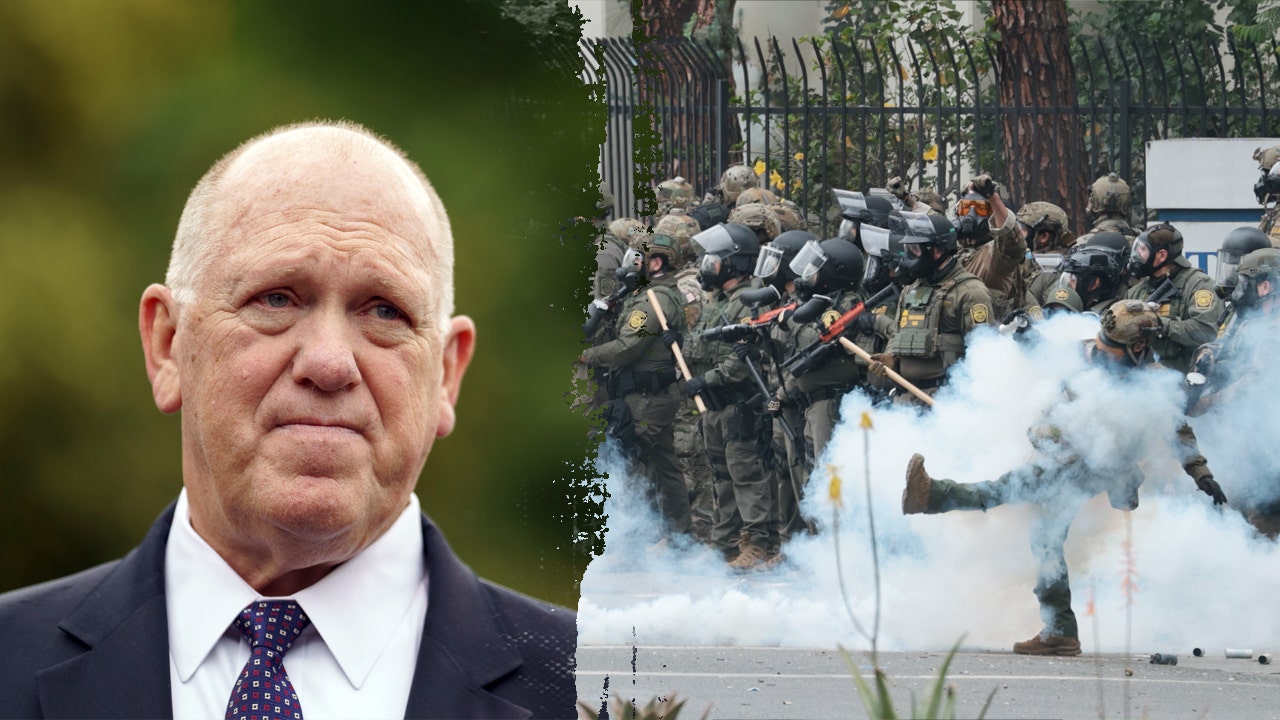Politics
H2Go: How experts, industry leaders say US hydrogen is fuel for the future of agriculture, energy, security
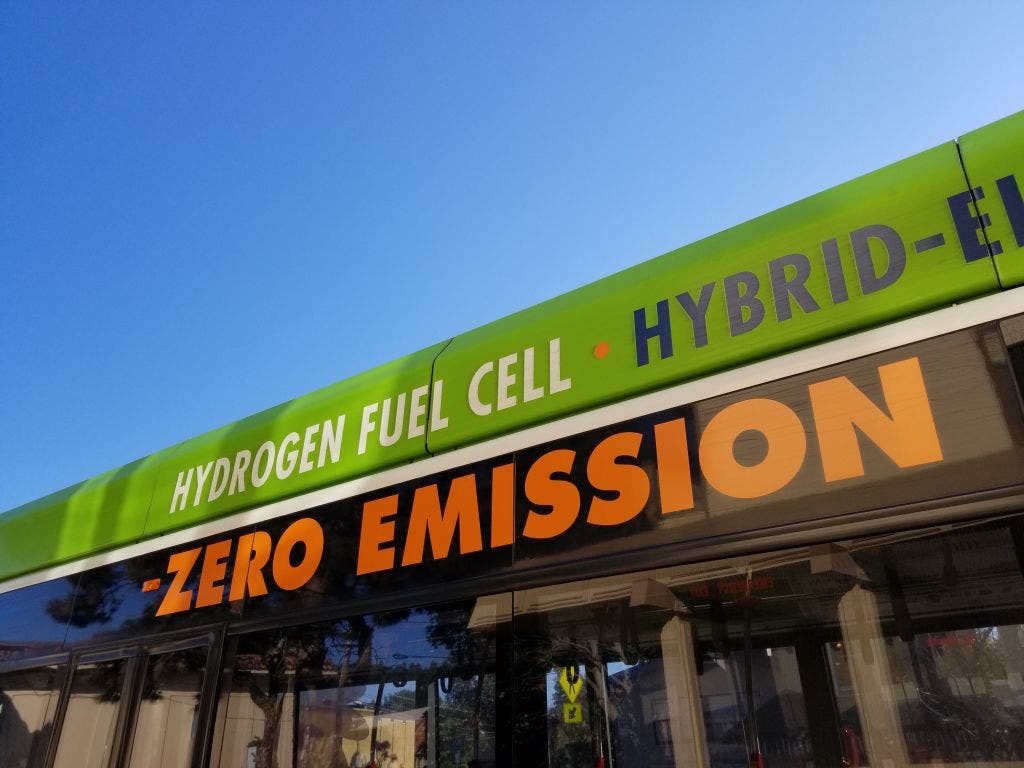
As the Trump administration pursues an “all of the above” energy strategy, hydrogen experts welcome the new attention and are advancing efforts to make it a top, domestically-produced power source.
The Pacific Northwest Hydrogen Association, one of seven “hubs” nationwide, partners with tribal, public and private concerns to build hydrogen production projects throughout their region.
“Hydrogen has a lot of dexterity as a molecule, and it can be used for a host of different things,” PNWHA president Chris Green told Fox News Digital.
Hydrogen can be a power source, but it more so is utilized as an energy carrier due to its periodic makeup.
Hydrogen has important uses in agriculture. If the U.S. can bolster its hydrogen production, it can rely less on unreliable or adversarial economies. (Getty)
“It is a carrier of electrons and can store energy in that regard. But as a fuel, it’s just like any other fuel. It can be used to propel machinery, equipment and industrial processes, those kinds of things. And so it’s another sort of energy commodity product that we can make here at home domestically,” Green said.
Hydrogen also has a dual role in agriculture, he said.
Fertilizer – of which much has been historically imported from now-war-torn Russia and Ukraine – is hydrogenic in makeup. Ammonium nitrate – a key ingredient – is hydrogen sourced. If the U.S. can bolster its hydrogen production, it can rely less on unreliable or adversarial economies, especially amid new tariffs.
And its power-sourcing and energy-carrying nature can power equipment, mills and more.
NIKOLA CEO: WE’RE THE ONLY ONES SELLING HYDROGEN TRUCKS IN THE COUNTRY
With all of these important uses, Green said the U.S. has a chance to “leap ahead of everybody else if we can build out all this infrastructure.”
Beginning in the aughts, there had been talk of hydrogen-powered vehicles. But the extremely flammable nature of hydrogen has kept it from being a ubiquitous fuel source like petrol.
One company investing big in hydrogen, particularly in the West, is Chevron. The company said hydrogen may appeal to those worried about the energy sector’s environmental footprint.
The Texas-based energy giant is “leveraging [its] strengths to safely deliver lower carbon energy in a growing world,” according to a statement.
“Hydrogen can play a key role in delivering large-scale lower-carbon solutions especially where electrification of demand is not feasible,” the statement said, adding it is confident hydrogen’s prominence will grow in the near-term.
Hydrogen is also used in processed foods, metallurgy and other areas.
In Utah, Chevron entered into a venture with Mitsubishi called ACES Delta or “Advanced Clean Energy Storage [of] Delta [UT].”
By harnessing the naturally protective state of an enormous subterranean salt cavern, the ACES Delta project currently under construction aims to produce up to 110 tons of hydrogen daily and store it at “utility scale” in the environmentally safe confines of the cavern.
AMAZON SIGNS HYDROGEN SUPPLY DEAL
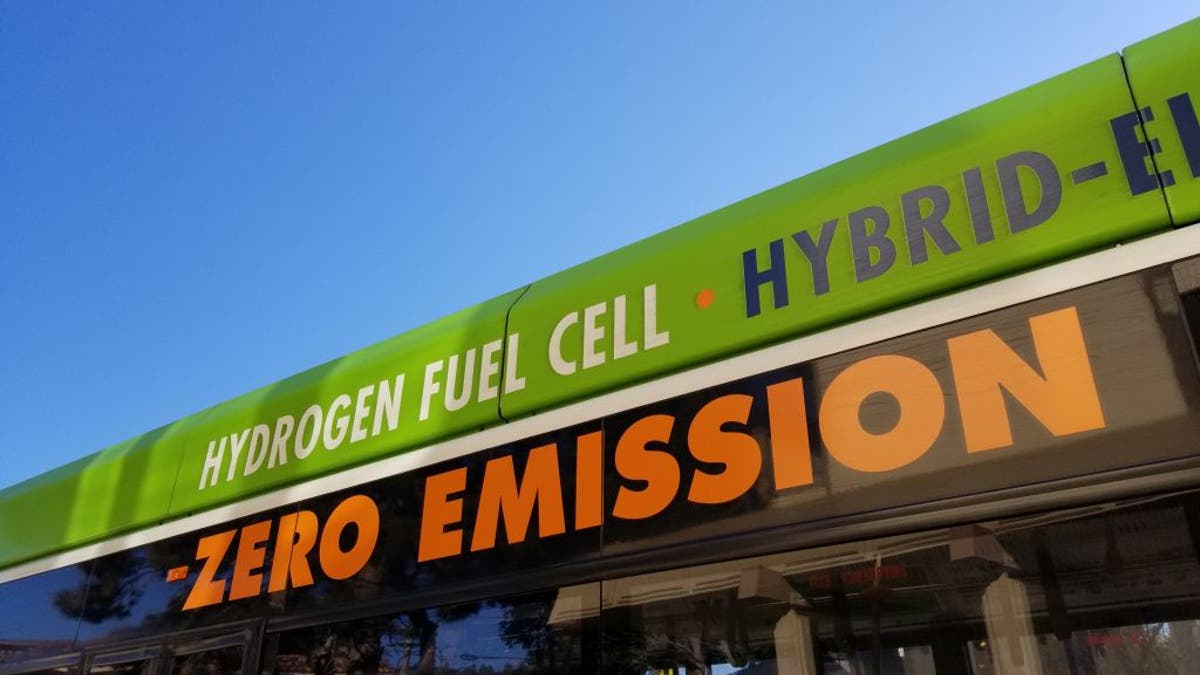
The side of a city bus in Albany, California, touts that it is powered by a hydrogen fuel cell technology, Dec. 13, 2018. (Smith Collection/Gado/Getty Images)
Chevron expects the ACES Delta project to provide “delivery-scale” amounts to the Intermountain Power Agency – also based in the Beehive State – in the near term.
The company also boasted of the accessibility of the hub – which is located along U.S. 50, a highway that cuts a 3,000-mile swath through the center of the country from Sacramento, California, to Washington, D.C., and on to Ocean City, Maryland.
That hub also has the regional potential to power the world’s fifth-largest economy: California, which has otherwise driven out most fossil fuel refiners and producers.
In his interview, Green also noted the demand for cleaner-burning jet-fuel alternatives and suggested that rather than replacing oil, it is a greener complement to sweet crude.
“Sometimes, don’t think about hydrogen as replacing a bunch of other things as much as we think about it complementing and then nurturing or supporting or boosting some of these existing supply chains,” he said.
“[I]f you produce a lot of it, then you’ve got optionality to support a host of different industry verticals that could benefit from it.”
Hydrogen has earned rare bipartisan support, bridging a divide where the right typically resists renewables like wind and solar, and the left often opposes “Big Oil.”
“Central Washington is leading the way in the all-of-the-above approach needed to achieve American energy dominance,” said Rep. Dan Newhouse, R-Wash.
“I am working with the Trump administration to ensure we protect the domestic resources we are building here at home.”
Newhouse told Fox News Digital that PNWH2 has made “huge strides” in advancing technology toward safe and clean energy that decreases foreign reliance.
“Supporting the hub means new jobs, new investments, and stronger domestic supply chains that fall in line with the administration’s bold energy agenda,” Newhouse said.
On the left, Sen. Patty Murray of Washington said in June that PNWH2 “is poised to play a leading role in growing America’s green hydrogen economy.”
“Investments in hydrogen have the potential to reduce emissions from the most difficult to decarbonize sectors,” added Sen. Jeffrey Merkley, D-Ore.
“[W]hen done right, hydrogen can help us solve hard problems and decarbonize sectors of the economy.”
In terms of agriculture’s interest in a hydrogen future, the Washington State Potato Commission told Fox News Digital that as a cornerstone of the Evergreen State and others’ economies, agriculture drives innovation and growth.
“The Pacific Northwest Hydrogen Hub will play a crucial role in securing a local hydrogen supply for fertilizer production, helping to mitigate supply chain disruptions and rising costs that challenge the industry,” an official said.
“Beyond fertilizer, hydrogen presents an opportunity to potentially fuel agricultural machinery, such as tractors and trucks. Washington’s potato farmers are committed to supporting hydrogen production in the Pacific Northwest, strengthening the future of agriculture in our region.”
Fox News Digital reached out to the Energy Department for comment.

Politics
Posse Comitatus Act at center of Trump-Newsom National Guard dispute in LA
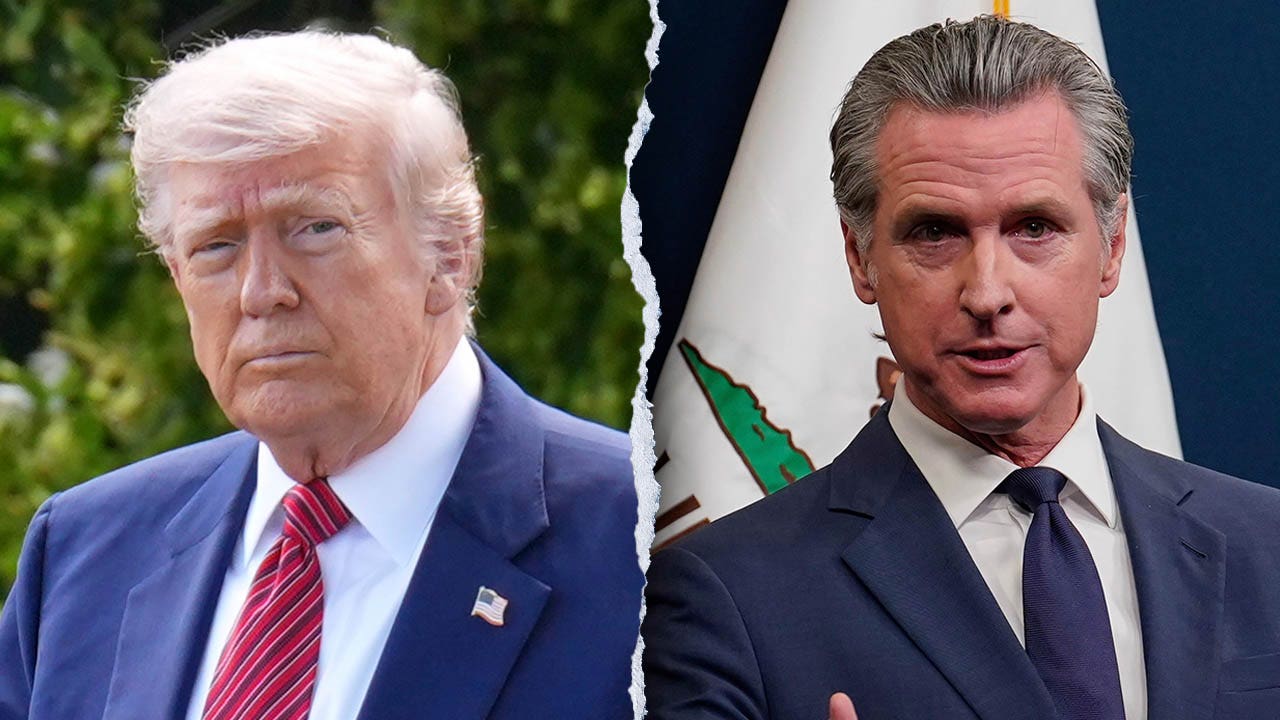
NEWYou can now listen to Fox News articles!
President Donald Trump and California Gov. Gavin Newsom are clashing over the deployment of the National Guard amid ongoing Los Angeles riots with different interpretations of the 1878 law that governs the use of the military to enforce the law domestically.
The Posse Comitatus Act was signed into law by President Rutherford B. Hayes amid concerns that the military had too much sway over civilian affairs during Reconstruction. It generally bars the use of the U.S. military for civilian law enforcement inside the country, but there are key exceptions. Trump deployed the National Guard early Sunday, but so far, those troops have not participated in any direct law enforcement.
JOHNSON SAYS HEGSETH POSSIBLY SENDING MARINES TO ANTI-ICE RIOTS NOT HEAVY-HANDED: ‘DETERRING EFFECT’
Trump sent in the National Guard after Immigration and Customs Enforcement agents were reportedly attacked on the streets of L.A. as they conducted raids to catch and deport illegal immigrants. Seeing that neither Newsom nor L.A. Mayor Karen Bass were moving aggressively enough to stop the attacks, Trump signed a presidential memorandum to deploy 2,000 National Guard troops to “address the lawlessness that has been allowed to fester,” the White House said in a statement.
Demonstrators block the highway as law enforcement officers face them during a protest against federal immigration sweeps in Los Angeles on June 8, 2025. (REUTERS/Mike Blake)
Newsom objected immediately even as the riots spiraled.
“I have formally requested the Trump Administration rescind their unlawful deployment of troops in Los Angeles county and return them to my command,” Newsom wrote on X on Sunday alongside his letter to President Trump. “We didn’t have a problem until Trump got involved. This is a serious breach of state sovereignty – inflaming tensions while pulling resources from where they’re actually needed.”
In addition to the Guard, the Pentagon said Sunday night it stands ready to send in 500 active-duty Marines.
If the military is to take an active role in suppressing the riots, the 147-year-old law will take center stage. Exceptions to the Posse Comitatus Act that allow the military to enforce the law against U.S. citizens include congressional decree, if an insurrection has been declared under the Insurrection Act, or when state governments prove unable or unwilling to impose law and order.
Politics
National Guard arrives in Los Angeles as fallout from immigration raids continues

California National Guard troops arrived in Los Angeles on Sunday in a show of force following scattered clashes between immigration agents and protesters and amid a widening political divide between California and the Trump administration.
The move by President Trump to activate nearly 2,000 guardsmen marked the first time since 1965 that a president has deployed a state’s National Guard without a request from that state’s governor. The decision was met with stern rebukes from state and local officials, including Gov. Gavin Newsom who said the deployment was “not to meet an unmet need, but to manufacture a crisis.”
Newsom’s office on Sunday afternoon sent a formal letter to the Trump administration asking them to rescind their deployment of troops.
“There is currently no need for the National Guard to be deployed in Los Angeles, and to do so in this unlawful manner and for such a lengthy period is a serious breach of state sovereignty that seems intentionally designed to inflame the situation, while simultaneously depriving the state from deploying these personnel and resources where they are truly required,” the letter reads.
On Sunday afternoon, there were tense moments outside a federal detention center in downtown L.A., with officers firing tear gas and less-lethal rounds at protesters.
Around 4 p.m., a swarm of protesters streamed onto the southbound side of the 101 Freeway, blocking traffic. The protesters were in a standoff with dozens of officers lined up under the Los Angeles Street bridge.
But other areas that had seen unrest over the last few days, including the Garment District, Paramount and Compton, seemed calm.
It was unclear exactly how many troops were deployed to Los Angeles as of Sunday afternoon. The National Guard’s 79th Infantry Brigade Combat Team, based in San Diego, said Sunday that 300 personnel were on the ground to protect federal property and personnel.
Trump administration officials have seized on the isolated incidents of violence to suggest wide parts of L.A. are out of control. On Sunday, Trump took to social media to claim “violent, insurrectionist mobs are swarming and attacking” federal law enforcement.
“A once great American City, Los Angeles, has been invaded and occupied by Illegal Aliens and Criminals,” he wrote, blaming Democratic politicians for not cracking down earlier.
While officials have not said how long the immigration enforcement actions will continue, Trump told reporters Sunday, “we’re going to have troops everywhere. We’re not going to let this happen to our country.”
Many California officials, who have long been at odds with Trump, say the president was trying to exploit the situation for his political advantage and sow unneeded disorder and confusion.
Los Angeles Mayor Karen Bass called the deployment of federalized troops a “chaotic escalation” and issued a reminder that “Los Angeles will always stand with everyone who calls our city home.”
While most demonstrators have gathered peacefully, some have hurled objects at law enforcement personnel, set garbage and vehicles on fire and defaced federal property with graffiti.
The Immigration and Customs Enforcement operation in Los Angeles over the past week has resulted in the arrest of 118 people, including some who have been convicted of drug trafficking, assault, child cruelty, domestic violence and robbery, according to the agency.
Assistant Secretary for Public Affairs Tricia McLaughlin and Republican politicians who support Trump’s immigration actions have characterized the protests as riots intended to “keep rapists, murderers and other violent criminals loose on Los Angeles streets.”
Representative Maxine Waters speak to the media at the Metropolitan Detention Center in Los Angeles on Sunday.
(Jason Armond/Los Angeles Times)
On Sunday morning, Rep. Maxine Waters (D-Los Angeles) addressed roughly two dozen National Guard soldiers posted outside the Metropolitan Detention Center on Alameda Street. She had arrived at the center to inquire about Service Employees International Union California President David Huerta, who was injured and detained while documenting an immigration enforcement raid in downtown Los Angeles on Friday.
“Who are you going to shoot?” Waters asked the solders. “If you’re going to shoot me, you better shoot straight.”
Remnants of tear gas used by law enforcement during protests Saturday lingered in the air around the building, at times forcing Waters to cough. Waters, an outspoken critic of the president, called the deployment of National Guard troops an unnecessary escalation of tensions and accused Trump of “trying to make an example” out of Los Angeles, a longstanding sanctuary city.
Leonard Tunstad, a 69-year-old Los Angeles resident, rode his bike up to the edge of the loading dock where troops were stationed and asked them if they really wanted to be loyal to a president that “had 34 felony convictions.” He said he felt compelled to shout facts about Trump at the guardsmen because he feared the young men have been “indoctrinated against their own citizens.”
Tunstad said he believed the deployment was a gross overreaction by the Trump administration, noting the city has been home to far more raucous protests that were handled by local police.
“This is just a show. This is just a spectacle,” he said.
A Department of Homeland Security officer approached one of the louder demonstrators saying that he “didn’t want a repeat of last night” and didn’t want to “get political.” He told protesters as long as they stick to the sidewalk and don’t block vehicle access to the loading dock there wouldn’t be any problems.
Later, DHS and California National Guard troops shoved dozens of protesters into Alameda Street, hitting people with riot shields, firing pellets into the ground and deploying tear gas to clear a path for a caravan of DHS, Border Patrol and military vehicles to enter the detention center.
Jose Longoria struggled to breathe as clouds of tear gas filled Alameda Street. He pointed to a white scuff mark on his shoe, saying that a tear gas canister had hit him in the foot, causing him to limp slightly.
“We’re not armed. We’re just peacefully protesting. They’re acting out,” Longoria said of the officers.
Julie Solis, 50, walked back and forth along Alameda Street holding a Mexican flag and urging the crowd to make their voices heard, but to keep the scene peaceful. She said she believes the National Guard was deployed solely to provoke a response and make Los Angeles look unruly to justify further aggression from federal law enforcement.
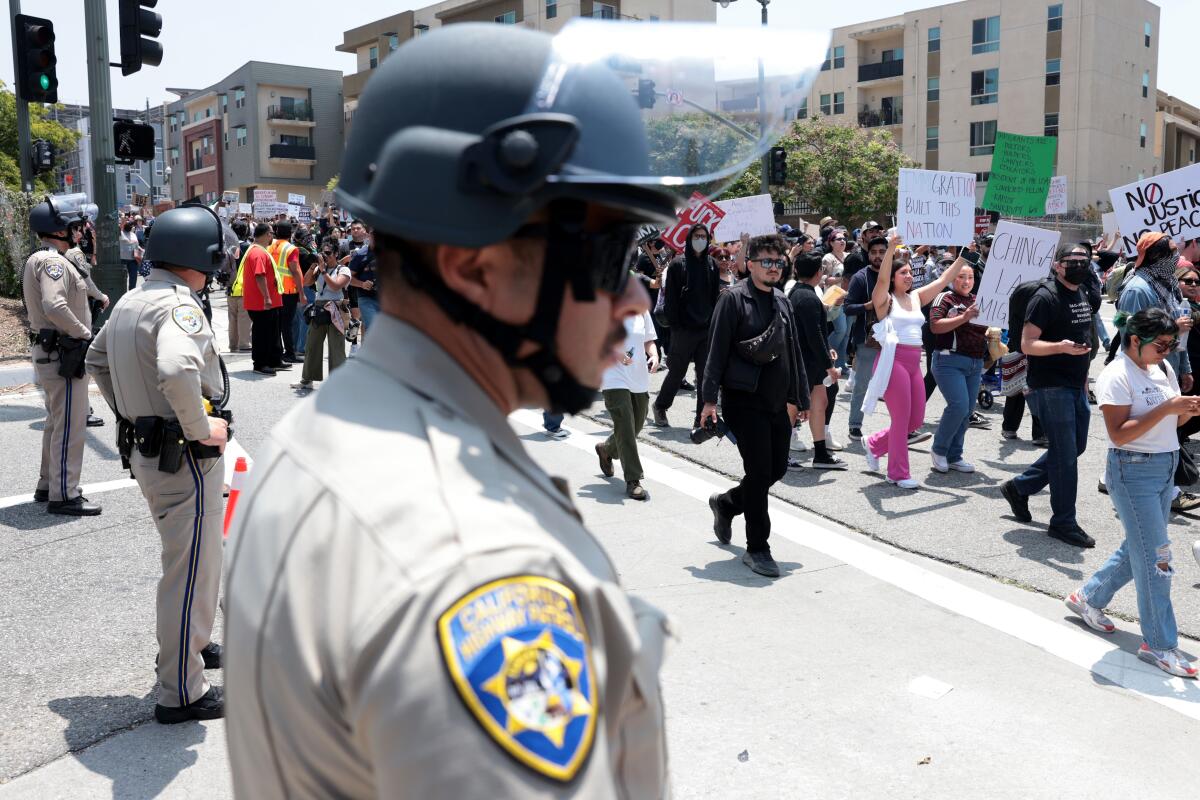
People march toward the Metropolitan Detention Center during an immigration march in downtown Los Angeles on Sunday.
(Luke Johnson/Los Angeles Times)
“They want arrests. They want to see us fail. We need to be peaceful. We need to be eloquent,” she said.
National Guard troops were last summoned to Los Angeles and other Southern California cities in 2020, during the George Floyd protests. Those deployments were authorized by Newsom.
However, the last time the National Guard was called on by a president without a request from a state governor was 60 years ago, when President Lyndon B. Johnson sent troops to Alabama to protect civil rights demonstrators.
Antonio Villaraigosa, former speaker of the California Assembly and a former L.A. mayor, said Trump’s move was “meant to incite more fear and chaos in our community.”
“Trump’s military-style mass deportation ICE raids in California have gone too far, tearing families apart and threatening public safety,” he said in a statement. “The raids at stores and workplaces are wrong, just as it’s wrong to separate families with raids at schools, graduations, and churches.”
In Paramount, a group of camouflaged National Guard troops were stationed in a business park with armored vehicles where a Department of Homeland Security office is located.
Jessica Juarez walked along Alondra Boulevard with a trash bag full of spent tear gas canisters on Sunday morning. Her voice grew hoarse as she helped a group of volunteers clean up after clashes between protesters and law enforcement the day before.
United States Attorney Bill Essayli told NBC in an interview that an officer suffered a broken wrist and others were injured by rocks and cement block pieces that were thrown at them during Saturday’s protest. He said it was “an extremely violent crowd,” but officials are “undeterred.”
An acrid odor still hung in the air from the gas and flash bang grenades law enforcement fired on protesters Saturday, while scorched asphalt marked the intersection outside a Home Depot where federal authorities had staged.
“I’m proud of our community, of the strength we showed,” said Juarez, 40. “It’s like they put so much fear into Paramount and for what? These guys didn’t even clean up after themselves.”
The images of Paramount shrouded in smoke and flanked by police in riot gear are unusual for this community of about 50,000 residents. In many ways, the city became the starting point for the escalating federal response.
“What else do you call it but an attack on Paramount and the people who live here?” said resident and union organizer Alejandro Maldonado. “People in the community were standing up to unjust immigration policies.”
For some, the fight between Los Angeles residents and the federal government is akin to David and Goliath. “It really does seem like they wanted to pick a fight with the little guy,” union organizer Ardelia Aldridge said.
Staff writers Seema Mehta, Rebecca Ellis and Brittny Mejia contributed to this report
Politics
Video: Why the U.S. Brought Back Kilmar Abrego Garcia

new video loaded: Why the U.S. Brought Back Kilmar Abrego Garcia
Kilmar Abrego Garcia, who was mistakenly deported to El Salvador, was flown back to the United States on Friday to face federal criminal charges. Devlin Barrett, who covers the Justice Department, explains the charges and what may come next for Garcia.
Recent episodes in Politics
-

 Politics1 week ago
Politics1 week agoMichelle Obama facing backlash over claim about women's reproductive health
-

 Technology1 week ago
Technology1 week agoOpenAI wants ChatGPT to be a ‘super assistant’ for every part of your life
-

 Movie Reviews1 week ago
Movie Reviews1 week agoThe Verdict Movie Review: When manipulation meets its match
-

 Finance1 week ago
Finance1 week agoHere's what will boost your feeling of financial well-being the most, researchers say
-

 West2 days ago
West2 days agoBattle over Space Command HQ location heats up as lawmakers press new Air Force secretary
-

 Technology1 week ago
Technology1 week agoWhy do SpaceX rockets keep exploding?
-

 World1 week ago
World1 week agoTwo killed in Russian attacks on Ukraine before possible talks in Turkiye
-

 News1 week ago
News1 week agoDepartment of Homeland Security lists sanctuary jurisdictions in Northern California











